
The rumble of Canadian Pacific’s 4-6-4 Empress No. 2816 and Union Pacific’s 4-8-8-4 Big Boy No. 4014 echoed across thousands of miles in 2024. What made these journeys truly remarkable and deserving a brighter spotlight? Both locomotives were equipped with fully compliant, standalone Positive Train Control (PTC) systems. This means they can independently navigate their respective rail networks, a significant leap forward in blending historic and modern technology. No. 4014 even demonstrated this independence on certain portions of its 2024 tours, operating without a diesel helper. This achievement resets the stage, but the question remains: Will other mainline steam locomotives follow suit?
Taking the leap
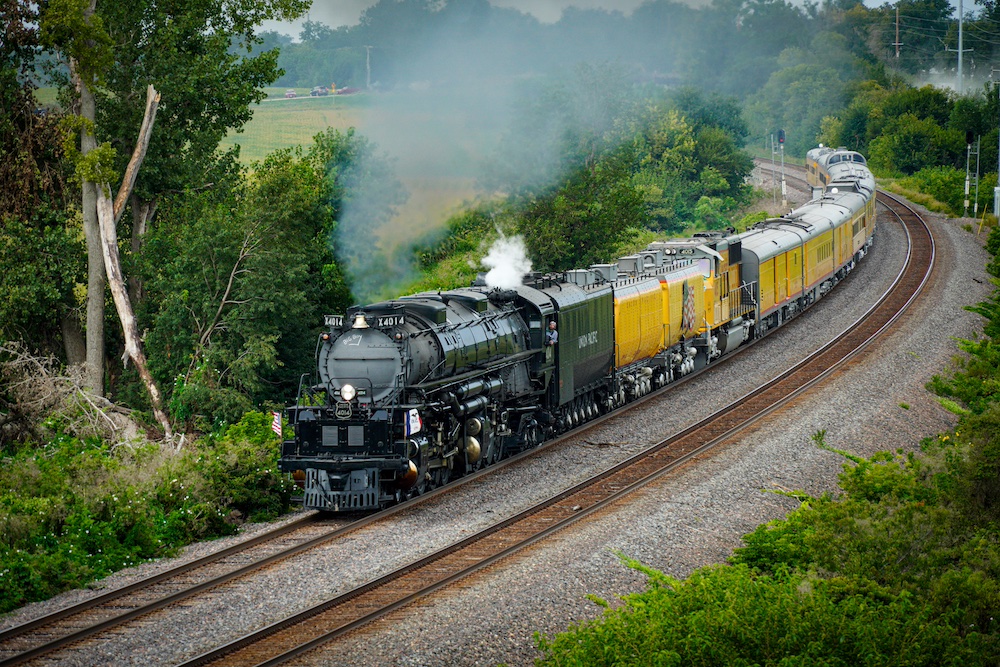
In the late 2010s, as railroads with high traffic frequencies or large freight volumes raced to implement PTC, several options emerged for the new safety system’s integration into steam locomotives, according to former Trains Editor Jim Wrinn in the July 2018 issue. One solution, LeaPTC, developed by John Howard, gained traction. This setup involved tapping into the brakes and computer of a PTC-compliant diesel helper and relaying information to a display in the steam locomotive’s cab. No. 4014 was the first to be equipped with LeaPTC in 2021, followed by Santa Fe 4-8-4s Nos. 2926 and 3751, with Alaska Railroad 2-8-0 No. 557 next in line.
While seen as a cost-effective solution, LeaPTC has limitations. Steam locomotives relying on LeaPTC always require a diesel helper, restricting their independent operation. Mathew Casford, chief of rail operations for New Mexico Heritage Rail, which owns No. 2926, adds: “You have to have a railroad that is willing to do LeaPTC operations. It was successful for UP because they already had the system set up with their own back office and equipment on their locomotives. And they decided this was what they were going to do.”

During its use on No. 4014 between 2021 and 2023, Ed Dickens, Union Pacific’s Manager – Heritage Operations, praised LeaPTC while considering it a stepping stone for a long-term, self-containing setup. “We want to keep things simple, to not over-complicate it, and avoid making things we don’t need to,” he explains. “So over the last several years, we were testing algorithms and working through the technical process of what [full PTC] would look like.”
The former Canadian Pacific Railway (now CPKC) took a different approach when preparing No. 2816 for its 2024 Final Spike transnational tour. When overhauling the locomotive in 2022, the steam crew had the technology and resources available for a fully independent setup. By mounting the equipment in the tender and connecting it to a cab display, No. 2816 became the first steam locomotive with self-contained PTC when tested in late 2023. No. 4014 followed suit in May 2024, successfully testing its system unassisted on Sherman Hill. Union Pacific expects its 4-8-4 No. 844 to receive a similar setup in the future.
These advancements, plus no takers from nearby railroads regarding proposed LeaPTC operations, prompted New Mexico Heritage Rail and the San Bernardino Railroad Historical Society, owner of No. 3751, to shift gears. While retaining LeaPTC as a backup, they now aim to install full PTC on the Santa Fe Northerns. Capital fundraising for the high cost is currently underway.
“The biggest obstacle is ensuring we acquire all the necessary components,” Casford says on behalf of both organizations. “John Howard has also done an excellent job planning the inputs for PTC. We’re collaborating with Wabtec and other Class I railroads to determine how we can obtain the train management computer (TMC) and manage both the licensing and service agreements to be able to maintain the ability to provide the motive power for steam excursion trains for various host railroads while not being a railroad ourselves.”
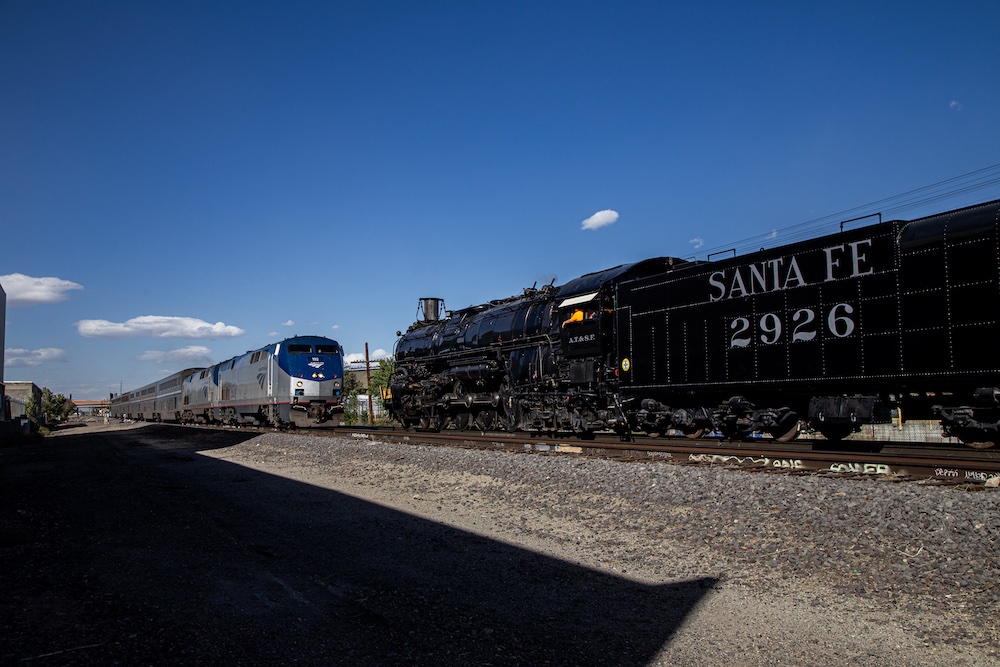
Meanwhile, No. 557’s restoration is nearing completion and will roll out with LeaPTC for initial operations along the PTC-compliant Alaska Railroad. Installation of the equipment and other modernizations has been challenging but is progressing as the European-sized cab is fitted out for its test fire. “Long term, we intend installation of a full PTC implementation to allow independent operation,” said Patrick Durand, president of the Engine 557 Restoration Co. “We are acquiring the equipment to achieve that status.”
Shifting priorities?
“Any system combining these old and new technologies will be complicated and expensive,” as noted by Wrinn. The latter was understood in the late 2010s as certain groups sought grants and donations, in spite of early concepts for what a PTC-compliant steam locomotive would look like. The Railroading Heritage of Midwest America/Friends of the 261 and Fort Wayne Railroad Historical Society, owners of Milwaukee Road 4-8-4 No. 261 and Nickel Plate Road 2-8-4 No. 765, respectively, were among the most publicly known. Fort Wayne Railroad even hosted a seminar for steam operators in 2017 to discuss collaborated PTC options. Then came life-changing moments for both groups in 2022.
RRHMA acquired the 90-acre shop complex in Silvis, Ill., and heritage equipment donated from UP for restoration, including 4-6-6-4 Challenger No. 3985. Fort Wayne Railroad launched the Indiana Rail Experience that has led to regularly scheduled excursions with No. 765 on the shortline Indiana Northeastern Railroad, along with a significant growth in equipment (notably New York Central 4-8-2 Mohawk No. 3001) and nearby real estate. Has priorities shifted?
RRHMA is still evaluating PTC, likely leaning toward the more affordable LeaPTC for the Minneapolis-based No. 261. No. 3985 is also a possible candidate as its restoration in Silvis remains ongoing. Despite a still-hanging cloud in staggering liability insurance premiums, notably due to the loss of coverage from Amtrak after its charter curtail in 2018, RRHMA has seen a recent resurgence in continual planning and research for PTC. Pooled resources are at the ready, including three John H. Emery Rail Heritage Trust grants totaling approximately $150,000.
“[Amtrak’s policy change] has delayed, but not stopped, our implementation of PTC, as we are still working on it to make sure we are ready for whatever opportunities are presented,” said RRHMA/Friends of the 261’s Henry Overzet. “Silvis has been a separate entity to the operation and maintenance of No. 261, save for some shared personnel. This has not affected PTC on the locomotive.”
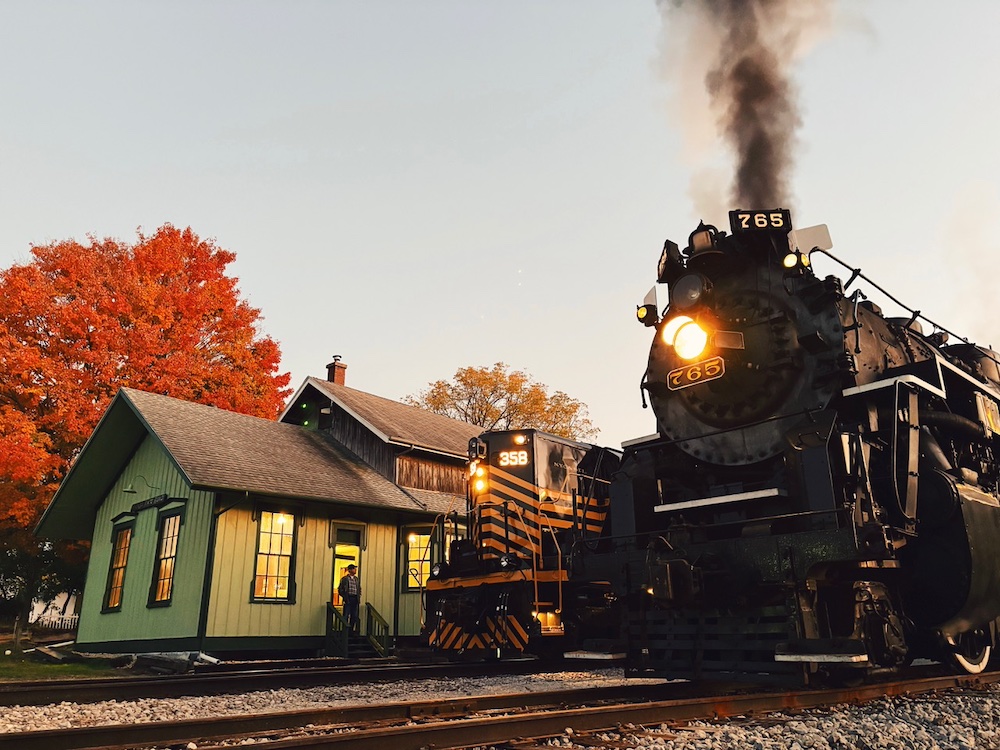
Fort Wayne Railroad, while enjoying operations on the Indiana Northeastern Railroad, continues to explore future opportunities on PTC-active railroads, as Kelly Lynch, the society’s executive director, prefers not to put all eggs into one basket. No. 765 is fairly close to meeting the mechanical requirements for installation with acquired funds ready to be used. Outside of the ongoing common issue with passenger car expenses for lease and shipping, which is currently being rectified with the society’s own expanding trainset, Lynch highlights additional hurdles: “It isn’t so much the mechanical tech, but the back office, software, hosting provisions, and the separate insurance coverage for the PTC system.
“This can only really be mitigated by the host railroad providing the tech support, back office and a pooled resource for steam operators, the latter of which I think you’ll eventually see in some form or fashion.”
New players and where others stand
Chesapeake & Ohio 2-8-4 Kanawha No. 2716 and 4-8-4 Greenbrier No. 614, once excursion stars of the 1980s-90s, are also planned for PTC as part of their current restoration efforts.
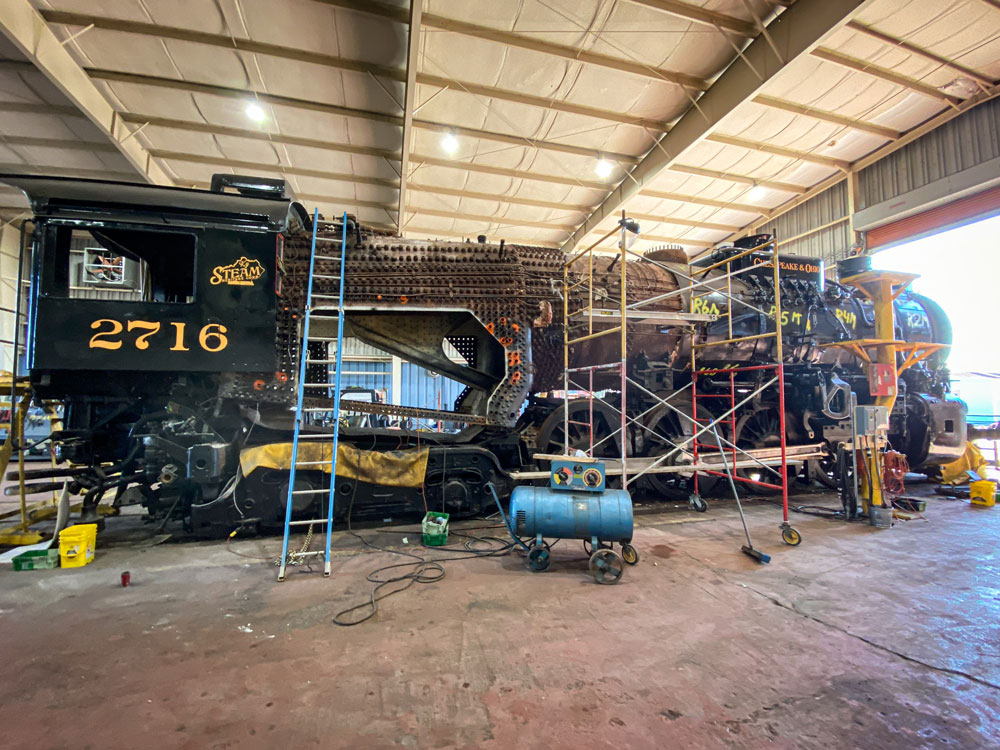
No. 2716 will initially operate at the Railroad Museum of New England in Thomaston, Conn., but the Ravenna-based Kentucky Steam Heritage Corp. aims for PTC-compliant operations with a system developed by Chief Mechanical Officer Jason Sobczynski. “A couple years ago, I met with the director of PTC implementation for a Class I railroad, and we had the entire system sketched out in about 45 minutes,” he says. “A fully compliant system will allow the operating system to function normally by receiving all necessary data, throttle position, etc. To the point of fully believing [No. 2716] is just another diesel.
“This system will be capable of removing power from the driving wheels via a proprietary arrangement that I developed about a decade ago.”
Full PTC to No. 614 has been a day-one discussion for RJD America LLC upon purchasing the locomotive. General Manager and Communications Director Jason Johnson confirms that the funded implementation, which is part of the 4-8-4’s contracted overhaul at the Strasburg Rail Road, will be similar to No. 2816’s. It’ll allow No. 614 to operate on 85% of the national network as long as the back office and software are regularly updated. Johnson cautions likely changes to the plan.
“We’re 18 months away from putting a PTC system fully on and 24 months from actually operating,” he explained in a November 2024 interview. “There’s a lot of things that could change between now and then. So, we’ll sit back and watch Nos. 4014, 2926 and 2816, then adapt and learn from what they’re doing.”
Johnson is also the manager for the Pennsylvania Railroad T1 Trust that is building the all-new 4-4-4-4 No. 5550. When asked about PTC: “For sure. It’ll get built with PTC and designed from scratch.”
As for the other mainline locomotives:
- Grand Canyon Railway No. 4960: The Grand Canyon Railway, which doesn’t require PTC, is home to “The Teacher” with no plans to leave home rails, according to Chief Mechanical Officer Eric Hadder.
- Iowa Interstate Nos. 6988 and 7081: Both 2-10-2s await their 1,472-day boiler inspections with No. 6988 planned to be first, but based on fundraising and a decision for either LeaPTC or the full setup, Robert Franzen and Central States Steam Preservation Association confirm that PTC will likely be installed.
- Nashville, Chattanooga & St. Louis No. 576: PTC for the 4-8-4 “Yellow Jacket” won’t be immediate as initial operations will take place on the shortline Nashville & Eastern Railroad, though long-term plans for installation are still possible, according to Nashville Steam Preservation Society Vice President Joey Bryan.
- Norfolk & Western No. 611: Number of issues, including financial resources, render PTC to the J-class 4-8-4 impractical at this time, according to Zac McGinnis, social media coordinator and member of the locomotive’s engine crew.
- Oregon Railway & Navigation No. 197: Discussions regarding PTC are a long way off as the focus for the 4-6-2 remains on its restoration in Portland, Ore.
- Pennsylvania Railroad No. 1361: Restoration for the Class K4s 4-6-2 is at the halfway point, and it’s looking to be a likely future candidate for PTC, according to Lynch on behalf of the Railroaders Memorial Museum and FMW Solutions.
- Pere Marquette No. 1225: The Steam Railroading Institute continues to monitor the development and cost if an opportunity arises for PTC installation to the 2-8-4, according to Executive Director Dean Pyers.
- Reading Co. No. 2100: The 4-8-4 T-1 will initially operate for the public on non-PTC railroads after restoration, though American Steam Railroad Preservation Association, Inc. would be open to future implementations should they receive funding or operating contracts that would lead to the technology’s use, according to Social Media Chair Nick Martin.
- Reading & Northern No. 2102: The regional Reading Blue Mountain & Northern Railroad (aka Reading & Northern) rosters the T-1 for its dedicated excursion program and doesn’t require PTC.
- Spokane, Portland & Seattle No. 700: The 4-8-4 is almost ready for a steam-up following its rebuild and 1,472 inspection, though the Pacific Railroad Preservation Association remains hopeful in pursuing opportunities to achieve the goal of PTC for the “First Lady of the Northwest,” according to Vice President Randy Woehl.
- Soo Line No. 1003: The 1,472-day inspection for the 2-8-2 is coming up in 2027, and it’s the main focus for the Steam Locomotive Heritage Association with PTC currently not in the plan, according to President Mike Raia.
- Southern Pacific No. 4449: The investment in installing PTC, which the Friends of SP 4449 would love to have, is not small and the 4-8-4 “Daylight” currently has limited operating opportunities, thus the cost in time and dollars do not pencil out at the moment, according to President Pat Tracy.
- Southern Railway No. 4501: No plans for PTC are expected as the 2-8-2 excursion veteran remains active at the Tennessee Valley Railroad Museum and along the Chattanooga & Chickamauga Railway, according to TVRM President Tim Andrews.
- Western Maryland No. 1309: The schedule for the 2-6-6-2 “Beast of the East” is always busy when it leads excursions along the mountainous Western Maryland Scenic Railroad, which doesn’t require PTC, according to Chief Mechanical Officer Nathaniel Watts.
- U.S. Sugar Corp. No. 148: The 4-6-2 is the star of the Sugar Express as it operates along the South Central Florida Express and U.S. Sugar Railroad, which doesn’t require PTC.
A small yet generous world
The world can change in a few years, for better or for worse. That is why predicting the future of big steam and PTC is not ideal. What is ideal is supporting these locomotives through donations, volunteering, riding the trains, and attending events they star in. Even small contributions can make a big difference as the world of big mainline steam can be small yet generous.
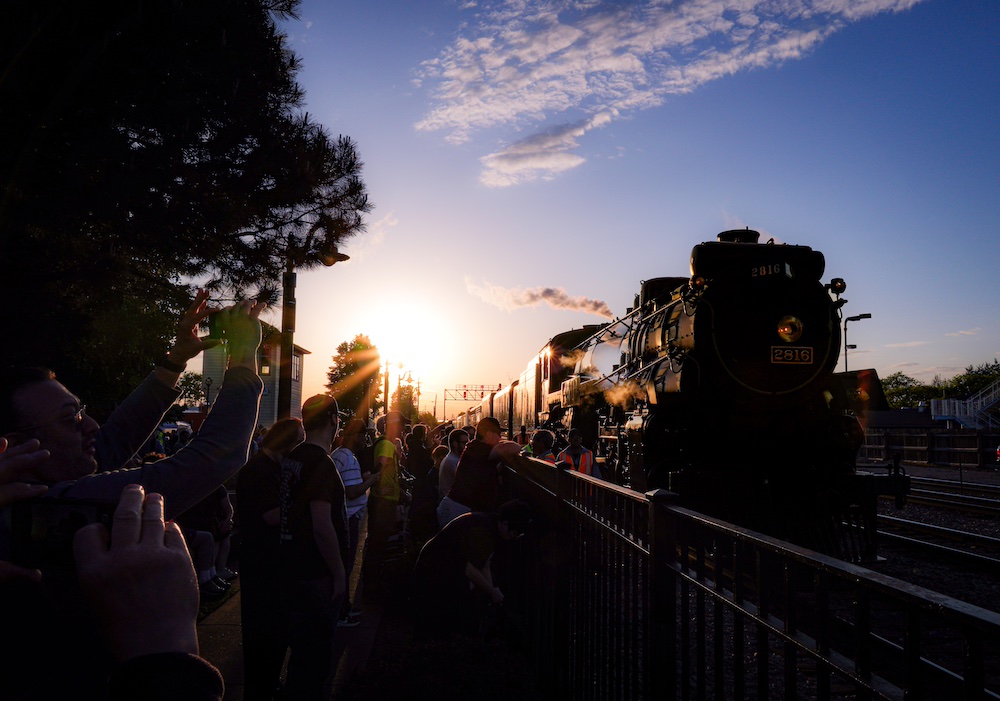






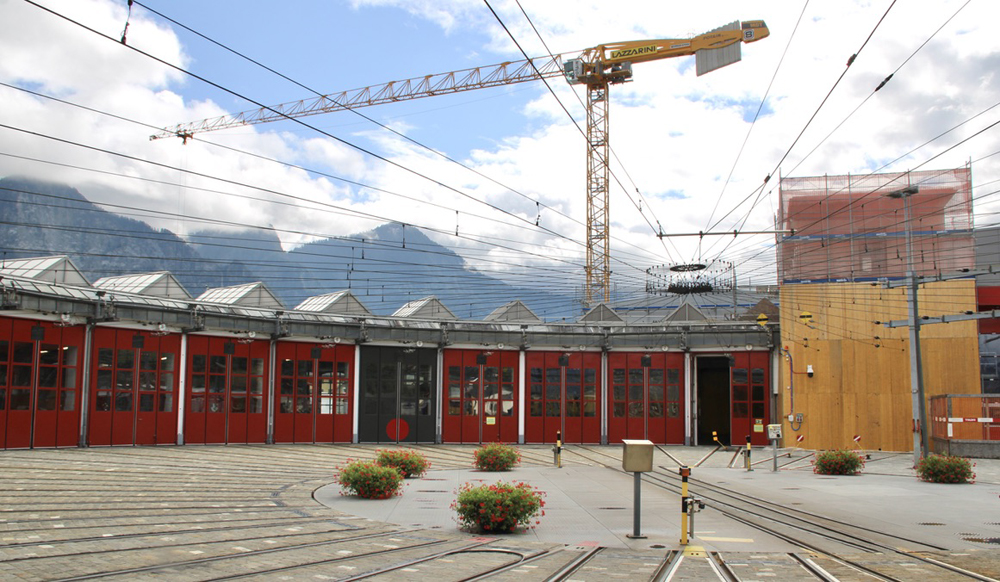
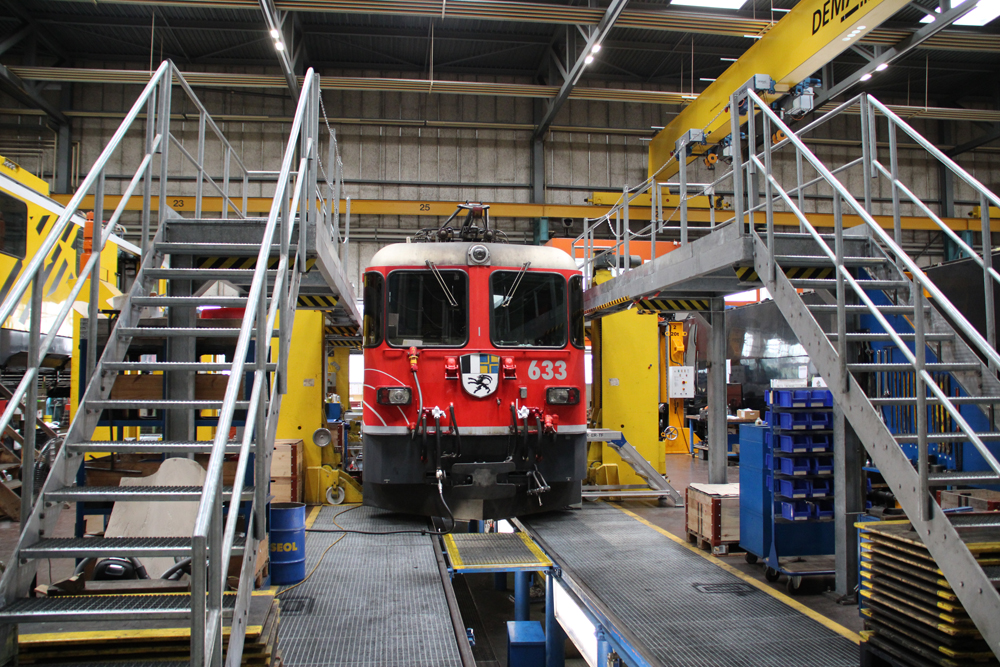
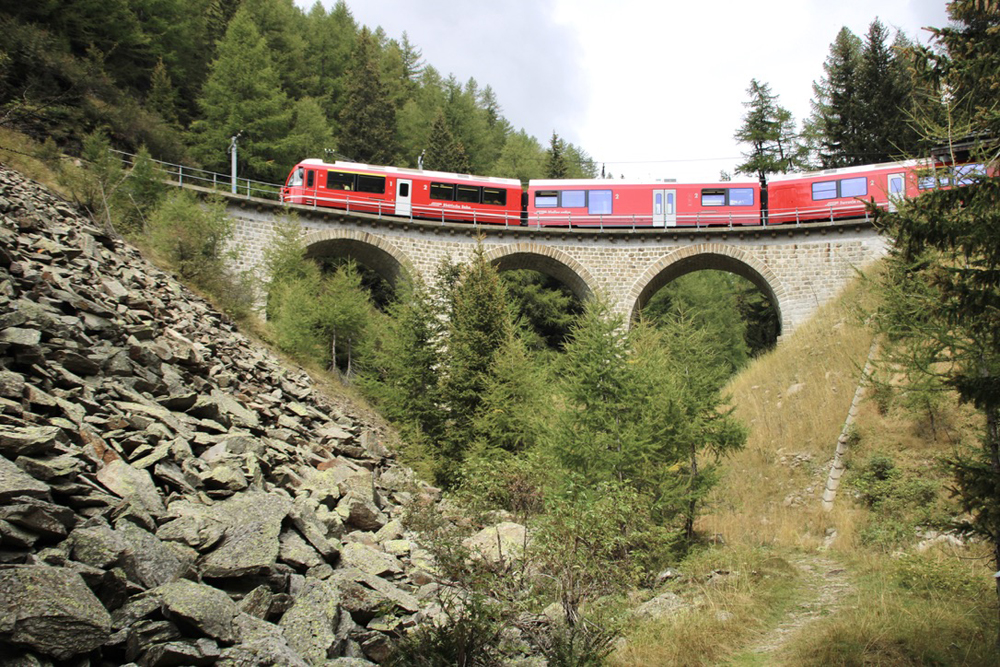
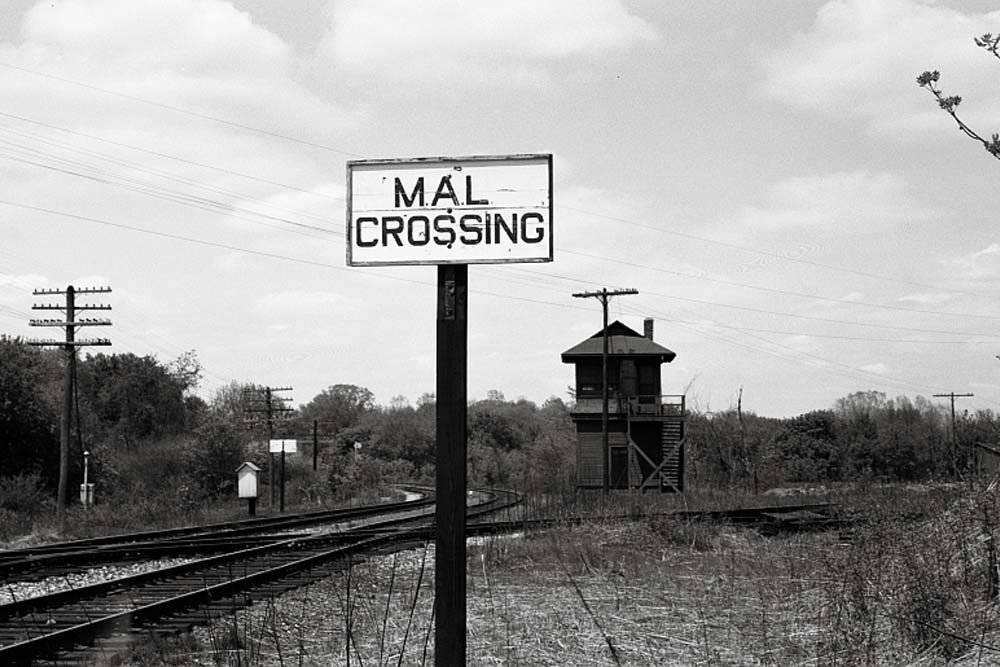


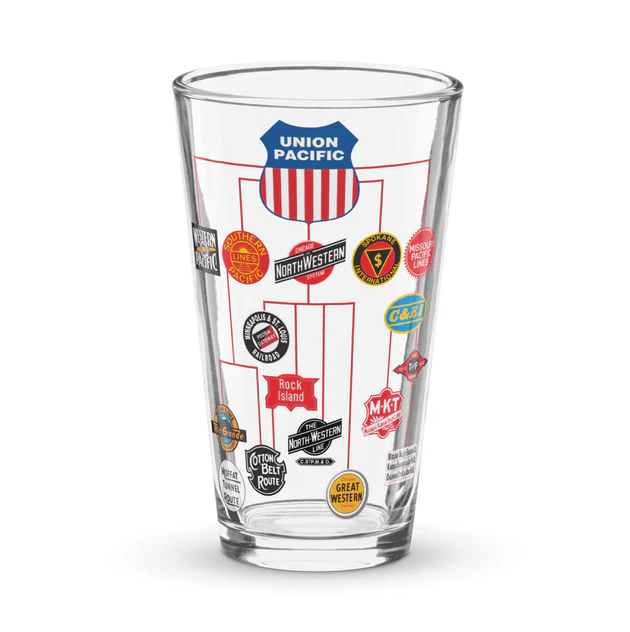

That’s a long list of locomotives to be converted to PTC. Ed did mention 844 at the train show hopefully they will convert that one soon.